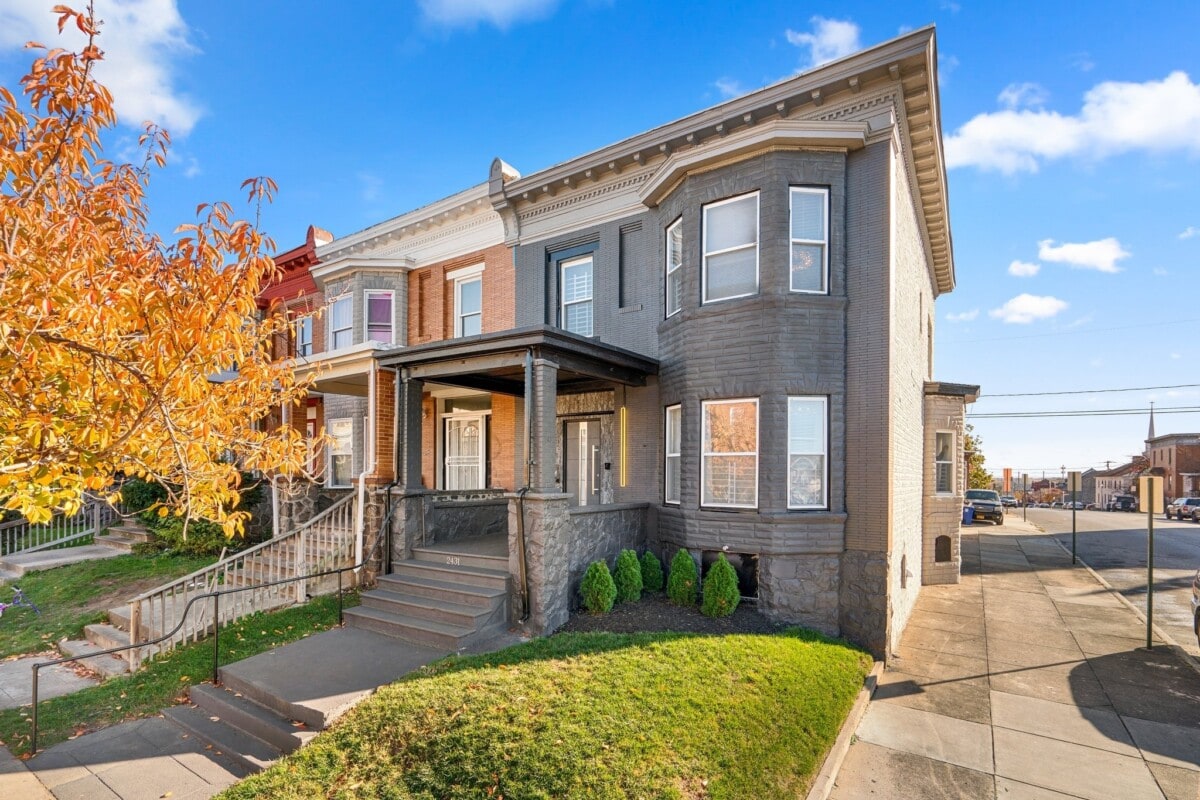Melbourne’s skyline is spreading beyond the city, and the cranes are following it.
New analysis of Informed Decisions’ National Forecasting Program data shows density surging across the city’s middle ring, with mid-rise projects now reshaping once-leafy neighbourhoods from Box Hill and Footscray to Collingwood, Highett and Prahran.
It marks a turning point in how the city grows, a quiet vertical revolution that is changing the face of Melbourne’s suburbs.
Informed Decisions community-views service lead Dan Evans said Melbourne’s densification pattern had entered a new phase, driven by transport access, lifestyle demand and rising construction costs.
“Melbourne tends to densify closer to the CBD in areas like Southbank and Docklands,” Mr Evans said.
“But we are now seeing stronger growth around transit hubs such as Box Hill and Footscray, and more premium mid-rise projects in suburbs like Collingwood, Highett and Prahran to offset rising building costs.”
MORE: Inside businessman’s $11m South Yarra ‘fairytale castle’
AFL brothers set to land huge property payday
Peter Alexander’s Aus flagship store dumped
408/15 Irving Ave, Box Hill Price guide: $500,000-$550,000
Mr Evans said the shift was as much about lifestyle as affordability.
“Premium apartment products appeal to those who love apartment living and want to upgrade, but also to downsizers who want lower-maintenance housing without sacrificing location,” he said.
The Informed Decisions community-views service lead said Melbourne’s next decade of housing supply would increasingly come from infill and mid-rise projects clustered around rail corridors and lifestyle precincts rather than new estates on the city’s edge.
“Our forecasts match population-driven demand with the available housing supply,” Mr Evans said.
“When you see those two lines cross in the middle ring, that is where future density lands.
“It is not just about building taller, it is about building smarter.”
524/21 Wellington St, Collingwood Price guide: $625,000
Buxton Mount Waverley director Peter Serafino said that change was already visible across Melbourne’s east, with cranes appearing in suburbs locals never imagined.
“You are seeing apartment sites pop up in Oakleigh East and Mount Waverley, areas that were always known for detached homes,” Mr Serafino said.
“A listing we handled on Huntingdale Rd really surprised people, but it sold fast.”
Mr Serafino said Glen Waverley’s transformation into a mini-CBD was spilling into surrounding postcodes.
“Mount Waverley offers the school zones and family feel people want, but it is still close to the action,” he said.
“Buyers want balance, a quieter pocket with everything nearby.”
The Buxton Mount Waverley agent said the strongest demand was for smaller blocks and boutique apartments that delivered design, lifestyle and long-term value.
“There is huge demand for homes on 200 to 300 square metres with two or three bedrooms,” Mr Serafino said.
“It is the first step into areas like Mount Waverley for young families who still want a bit of land and access to good schools.
“If it is an average, mass-produced build, there will be less demand, people want to feel proud of where they live. They want that sense of quality and longevity.”
212/23 Osullivan Rd, Glen Waverley Price guide: $720,000+
Frame director and mortgage broker Imogen Alexy said those preferences were also reflected in lending trends, with many clients now choosing apartments as permanent homes rather than stepping stones.
“A lot of people could technically borrow more, but they do not want every last cent going towards a mortgage,” Ms Alexy said.
“It is no longer about size. It is about lifestyle and financial freedom.”
Ms Alexy said buyers were becoming more strategic and selective, favouring smaller, sustainable projects over volume developments.
“Smaller, well-built developments are holding value,” she said.
“Banks are becoming more interested in eco-friendly buildings, and buyers are prioritising quality and longevity over size.
“If a place is well built, in a great suburb, it will hold its value, that is where the market is heading.”
168 Lorimer St, Docklands, Price guide: $730,000-$800,000
The Frame director said the next generation of borrowers was thinking differently, choosing lifestyle hubs close to rail lines or tram routes over large house-and-land estates.
“People want to live where life happens, not spend two hours a day commuting,” Ms Alexy said.
“We are seeing more interest in boutique projects like the Nightingale Housing developments.
“They are eco-friendly and community-driven, and it is about footprint and values as much as price. That mindset is growing fast.”
While private developers are leading Melbourne’s mid-rise movement, the state’s own densification agenda faces an uphill climb.
A Herald Sun analysis earlier this year found the Allan government’s plan for 60 new activity centres, designed to host 360,000 extra homes near public transport, could be years from reality.
Industry researchers warned of a $100,000 to $300,000 gap between what buyers can afford and what developers need to make projects viable.
Across much of Melbourne, apartments in proposed five and six-storey complexes would have to sell for about $875,000 to $1m to turn a profit, but buyers were typically only willing to pay about $775,000.
Experts said that gap, driven by taxes, material costs and red-tape delays, meant many activity-centre precincts were still far from feasible.
Sign up to the Herald Sun Weekly Real Estate Update. Click here to get the latest Victorian property market news delivered direct to your inbox.
MORE: Major waterfront site up for grabs in Geelong CBD
Landmark hotel made famous on TV for sale
$80k homes built in 40 days to change Australia
david.bonaddio@news.com.au



















 English (US) ·
English (US) ·